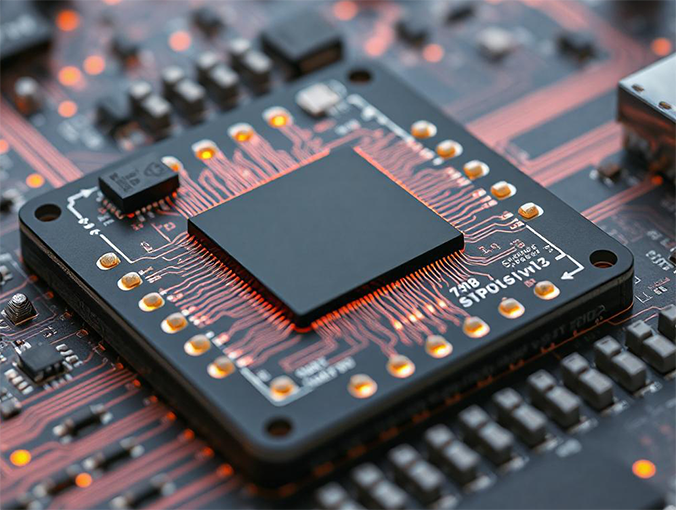
AI-Driven Lighting Design
Summary: AI-driven lighting design and control enable lighting to have a high-precision dynamic adjustment mechanism, offering more refined and advanced control concepts in terms of precise lighting and energy conservation. At the same time, AI-driven lighting learns human emotions and warmth, adding a warm human touch to cities through changes and adjustments in lighting, making people feel warmer, happier, and safer under the lights.

Today’s urban lighting is controlled by computers based on pre-inputted logic, which is relatively simple, and the intervention control is mechanical and limited. An AI-driven lighting system accumulates environmental big data and digitizes the operations of lighting control workers, allowing computers to learn from experience through deep learning. This leads to the establishment of an AI model that achieves real-time, automated, iterative, precise, and humane automatic lighting control.
Design Philosophy and Technology of AI-Driven Lighting
- Human Touch: AI endows lighting with intelligence, making the lighting system attentive to human needs, learning from human behavior, and serving people.
Attention to Humans:
Cameras or privacy-preserving image acquisition devices are used in public spaces such as squares, indoor and outdoor building areas, to collect real-time data on pedestrian flow, crowd distribution, and even age composition. Through digitalization and AI technology, models are established for in-depth analysis to obtain characteristics and patterns of human activities.
Learning from Humans:
Human behaviors acquired by the AI system are subjected to deep learning to generate AI models and establish lighting design and control schemes. Additionally, the operations of traditional lighting control workers are captured and collected digitally, enabling machines to learn human control rules and methods, generating AI-driven lighting control models.
Serving Humans:
In the bustling real world, an AI-powered lighting control system is activated, calculating in real-time and dynamically driving the lighting control system based on the movement and distribution of crowds. This provides people with a comfortable experience under the lights, making lighting more timely, considerate, and safe. It can also automatically change the color of the lighting to alleviate anxiety, assist in guiding people’s walking direction and speed, and take care of special groups needing assistance. All of this happens without human intervention, running automatically and evolving iteratively. The AI lighting design is like a “watchful and attentive lighting control robot” that drives the lighting system 24/7 to “care” about people’s daily lives, work, and travel.
- Energy Efficiency:
AI uses cameras or privacy-preserving collection devices to count and calculate the number of people in the square in real-time. Thus, it adjusts the brightness, color, and on/off state of the lights at different times. For example, during late-night hours when no one is around, based on AI monitoring, city lights will be adjusted to a darker mode. When pedestrians are detected, the lighting’s brightness and color will be adjusted accordingly. Compared to traditional lighting that remains on all the time, the AI-monitored lighting system upgrades from the conventional four daily light adjustments to dynamic adjustments throughout the year based on real-time environmental big data monitoring and analysis. It can adjust dozens of times a day according to changes in pedestrian flow, providing more precise control over the lighting system and thus achieving smart energy saving. - Big Data Accumulation:
When designing and controlling AI lighting systems, the AI system collects and records big data across multiple dimensions, including human movement trajectories, gaits, speeds, age structures, directions, weather conditions, sunrise and sunset times, etc. This becomes a valuable data asset for lighting design and control, not only revealing numerous patterns but also serving as big data materials for machine learning. The accumulation of data becomes a big data asset, aiding in the design and innovation of lighting systems and applying to deep learning to build high-value AI models.
Please note that this translation is a summary of the key points from the provided text.







